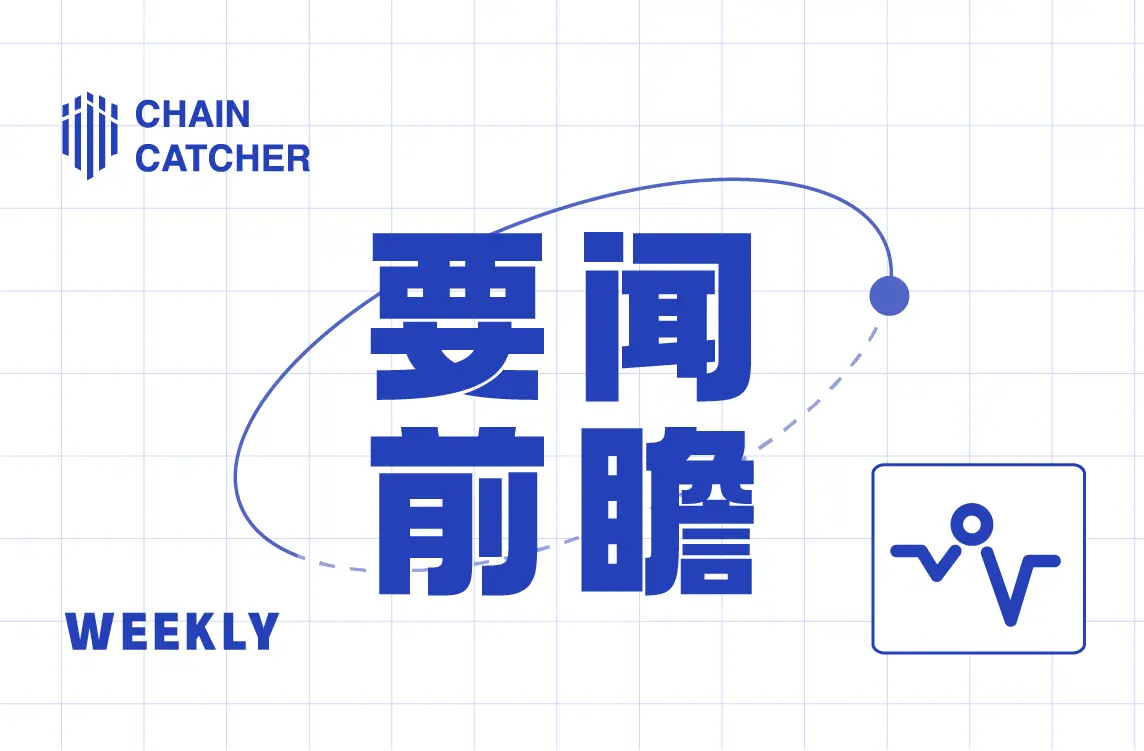Scroll: Community-Centric zkEVM
Original Title: “A Brief Primer On Ethereum's Scaling Solutions”
Author: Newman Capital
With the ongoing development of Layer 2 (L2) solutions like Arbitrum and Optimism, we can see the Ethereum community's desire for L2 scaling solutions. The community tends to view Rollups as the "holy grail" of these L2 scaling solutions—Vitalik himself wrote an entire article describing and supporting this technology. There are mainly two types—Optimistic and ZK-Rollups, and their core products are summarized in the table below:

However, it is worth noting that the current landscape is dominated by Optimistic Rollups—Optimism and Arbitrum account for over 80% of the market share in terms of total value locked (TVL) across all L2s. The reason is simple: currently, ZK-Rollups are application-specific and do not provide general computation.
dYdX is a decentralized exchange, while Loopring is a payment and trading solution—they are both specialized products and do not offer the wide range of dApps you would see on Optimism and Arbitrum, such as Uniswap, GMX, and Aave. Therefore, Optimistic Rollups have a first-mover advantage in this space—without other competitors, they occupy a large share of the TVL.

However, we believe that this situation will change dramatically over time, especially with the introduction of zkEVM.
zkEVM is a technology that combines two existing technologies: zero-knowledge proofs and the Ethereum Virtual Machine (EVM). Let’s break it down:
As mentioned, zero-knowledge (validity) proofs are the core technology in ZK-Rollups. They are a way for one party to prove to another that a statement is true using cryptography, without revealing any other information beyond the fact that the statement is true.
Moving on to the next part - the Ethereum Virtual Machine (EVM). The EVM is the runtime environment for smart contracts on the Ethereum blockchain. It is a decentralized, Turing-complete virtual machine that can execute any code provided by smart contracts.
Essentially, zkEVM is a technological marvel that combines zero-knowledge proofs and the EVM, allowing for the creation of zero-knowledge proof-based smart contracts that can be executed on the EVM. As a result, ZK-Rollups no longer need to be application-specific and can scale to provide decentralized applications.
zkEVM: The Next Generation of Ethereum Scalability
It is important not to underestimate the significance of building an EVM-compatible ZK-Rollup. Why? ZK-Rollups are recognized as the best scaling solution for Ethereum—they not only have the shortest finality times among other scaling solutions but also address a key issue faced by Optimistic Rollups: the 7-day withdrawal period.
Current bridges in and out of Optimistic Rollups utilize a "mint and burn" mechanism, which introduces vulnerabilities into the system—if Optimistic Rollups continue to grow, the bridges themselves will become tempting targets for hackers. If the world is to use blockchain technology, there must be as few weak links in the system as possible to minimize the damage caused by black swan events.
Creating an effective zkEVM is crucial because they represent the potential for a new generation of Layer 2 scaling solutions. Just as the creation of Ethereum sparked attacks from other Layer 1s using different technologies and their own dApp ecosystems, all of which work together beautifully to create DeFi, the technological innovations of zkEVM can be viewed in the same light.
With zkEVM now supporting general computation, applications that require high transaction throughput and low fees can now be built—such as more decentralized order book exchanges like dYdX, or other possibilities we cannot yet comprehend. In general, the creation of new technological products is exciting because it opens up new opportunities for businesses and individuals.
This could also lead to network effects— as Ethereum becomes cheaper and more scalable solutions open up for dApps, the argument that Ethereum is "too expensive" becomes invalid. Thus, more users will join Web3, creating a positive flywheel—more users attract more builders to create more protocols. Therefore, the breakthrough of zkEVM is undoubtedly a game changer in this field.

We believe zkEVM—a technology that improves upon Optimistic Rollups on every metric—will dominate the Layer 2 space. Layer 2 has already seen practical adoption, as gas expenditures reached historic highs in recent months. While Optimism and Arbitrum have a first-mover advantage due to ease of implementation, we expect zkEVM to become the center of Ethereum activity in the long run—hence, we support Scroll: the first EVM-equivalent zkEVM.

But we do not support Scroll merely because of the technology; more importantly, they embody the core fundamental values of Web3—decentralization and community ownership. As VCs, we know that the team plays a crucial role in the success of a product. The team at Scroll and the values they uphold give us confidence in this particular zkEVM—they seek to build in the open—with their community, for their community.
Introduction to Scroll: EVM-Equivalent zkEVM
Before we delve into the qualitative aspects of Scroll, it is necessary to explain the quantitative aspects—specifically, what EVM-Equivalent actually means.
In short, zkEVM implementations differ—there are four main levels of how zkEVM can be implemented. While we won't go into the specific implications of each level, you can read Vitalik's article and Galaxy Research's report here. In an extremely simplified summary, they differ in the levels of "compatibility" and "dialogue with the Ethereum base layer"—they mainly sacrifice compatibility for performance.

But why is this important? The main thing to note is that development tools and current codebases can be easily ported to the rollup. For example, Starknet is a Type 4 zkEVM system—it does not support the languages of the EVM. Therefore, the development tools, frameworks, and many other code building blocks created by developers may need modification to work on Starknet.
On the other hand, Scroll is EVM-equivalent; thus, they are compatible with many applications and tools. They do not have to reinvent the wheel—existing infrastructure will be able to be ported over with minimal changes. While this does not apply to all code, as Scroll is not fully EVM-equivalent, they are working closely with the R&D team at the Ethereum Foundation to achieve full EVM equivalence.
From a technical perspective, we can see that Scroll is doing some amazing things with their solutions, which offer minimal trust assumptions, high throughput, fast finality, and instant migration from the base layer without any delays (unlike Optimistic Rollups).
Scroll: Community-First zkEVM
However, perhaps equally important is their qualitative approach to building the world's first zkEVM. The quality of a product depends on the team behind it, as we have seen with the explosive growth of L1 networks, where the best communities have proven to be built from the ground up (e.g., the Ethereum Foundation). Scroll understands this and has built their core values around community-centric, open, and collaborative principles.
We believe that the reason their values make sense in their product work is that it follows the fundamental spirit of Web3. This cultural shift focuses less on top-down approaches and more on flattening power hierarchies, allowing anyone in the community to contribute. By doing so, Scroll can create a vibrant developer ecosystem where all developers are eager to work together—building trust in the protocol and bringing together the best ideas from the smartest people in the community.
Evidence of the positive impact of open-source and community-centric approaches can already be seen: developers in Taiwan are contributing to Scroll. Through open-source, it also allows anyone to audit and understand the code—considering the fact that this is a platform intended to hold financial assets, this is an important aspect. Thus, a kind of "antifragility" is born—Scroll becomes better because it is the sum of its team and community, and it grows stronger by allowing the world to inspect and rectify their mistakes.
Conclusion
Newman Capital believes that Scroll is indeed a solution that can meet the technical and quality demands of an excellent product. From a technical perspective, we believe that ZK-Rollups will play a greater role in scaling Ethereum than Optimistic Rollups.
But we are also staunch supporters of decentralization, and Scroll's vision aligns closely with our beliefs at Newman. A Rollup shaped by its community, we believe that by adopting transparent and open processes, Scroll will achieve great success in the long term, as they have built their own like-minded community, all built on each other's efforts.
The unwavering set of values they hold is something we deeply appreciate. It is an intrinsic reflection of the spirit of Web3, and we believe it is the most important factor for success in this field.
We believe that with such a mindset, the team can go further in building one of the best zkEVMs in the space.










